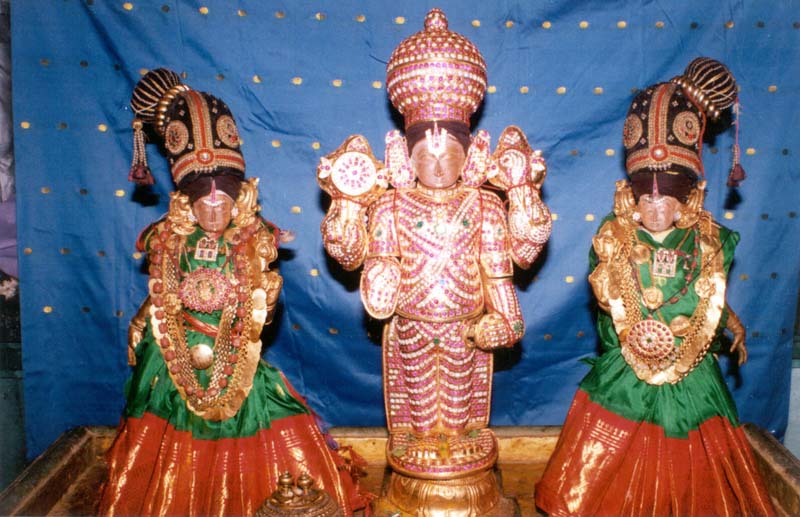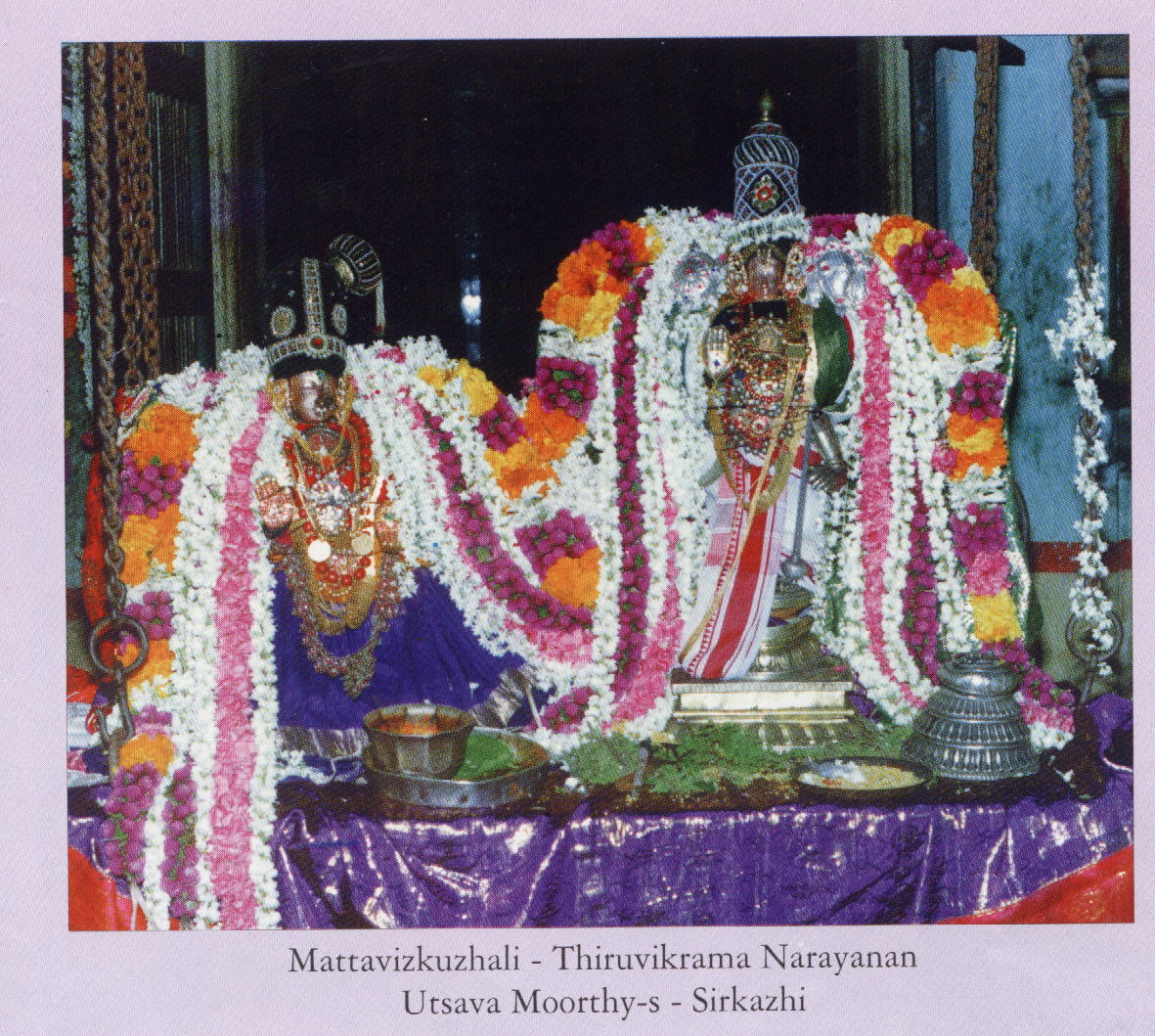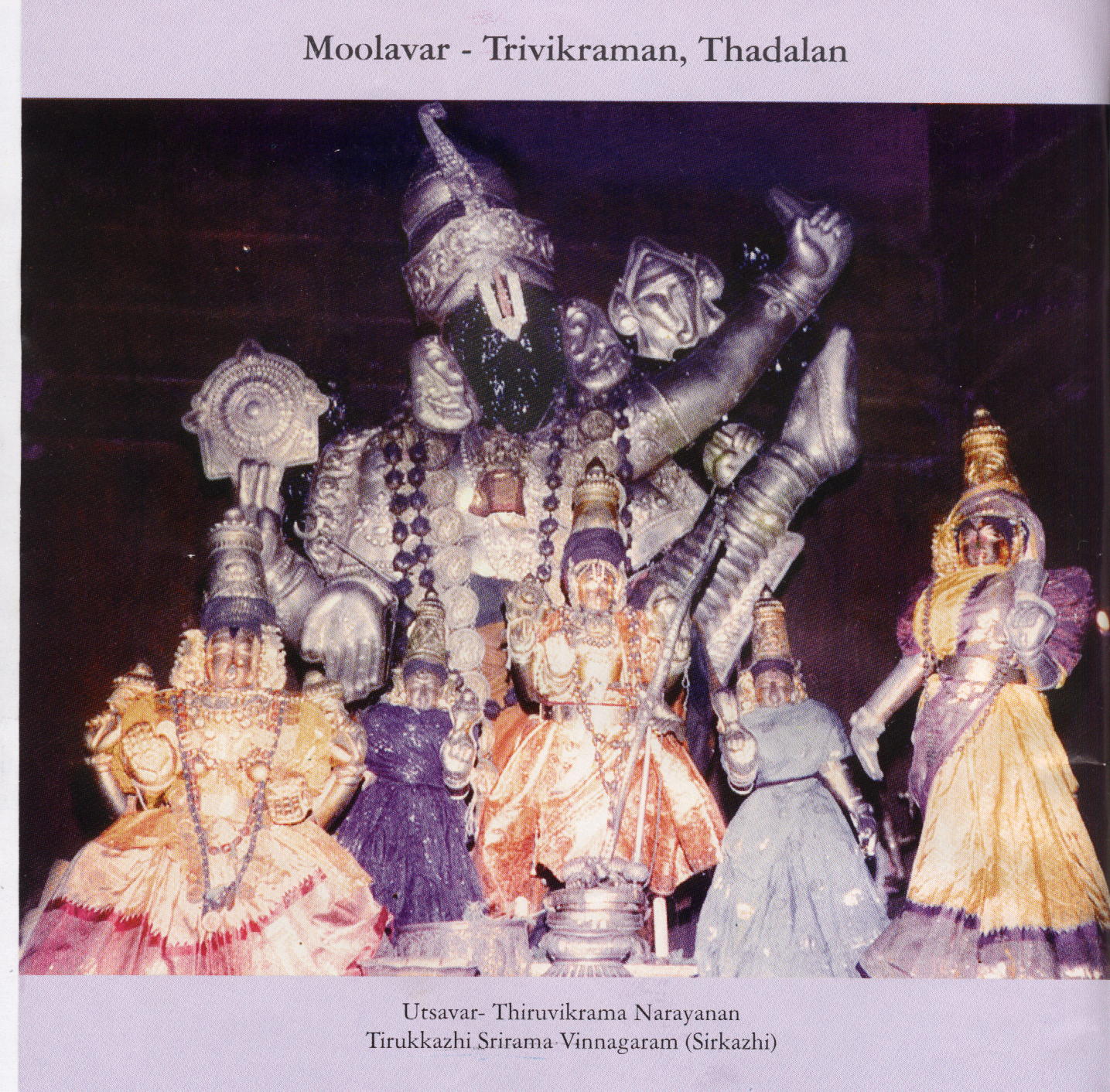jnana-yajnena capy anye
yajanto mam upasate
ekatvena prithaktvena
bahudha vishvato-mukham
"Others, who engage in addition, sacrifice by the cultivation of knowledge, worship the Supreme Lord as the one without a second, as diverse in many, and in the universal form."
The Bhakti matures. Anye api = some others, that is different from the devotees mentioned in sloka 13, who were practicing sadhya bhakti, and different from the devotees mentioned in sloka 14, who are in the initial stages of sadhana Bhakti. These devotees, jnana yajnena ca = by gyana yagna also, yajanta = perform pooja [aradhana]. The word 'also' implies that besides doing some other, these persons, perform pooja by gyana yagna. That is these persons perform gyana yagna, besides the other forms mentioned in sloka 14, viz, sankeerthanam, namaskaram, bhakti, always wanting to be with the Lord, etc. By this Lord Sri Krishna removes certain wrong conceptions we have. He told that singing His names, namaskaram, blind faith in Him, performing various services like collecting flowers and making them as garlands, sweeping the floor of temples, helping to organize festivals, etc., are all initial stages of bhakti. Se we should not conclude that gyana yoga is advanced stage of bhakti and we need not do the initial actions nor we are to continue them after practicing gyana yoga. We should not ignore them as mere rituals and practice gyana yoga only. The Lord approves bhakti only if it is blind faith, and the devotees sing and dance in praise of Him. Going around temples and doing small services like lighting lamps, cleaning and decorating, etc., are all to His liking and without these, mere Gyana yoga, the Lord does not approve. But with these initial stages, if the person also performs Gyana yoga, then he is in the advanced stage of Bhakti. Even great philosophers like Adi Shankara or Swami Ramanuja or Sri Madhwacharya, did not leave nama sankeerthanam, just because they were great intellectuals. Adi Shankara says mere knowledge will never grant Moksham. Only Sri Govinda nama sankeerthanam would redeem us. Unless even a gyani melts at the listening of His stories and shed tears, he can never qualify to become a Bhakta. Ekatvena = in unison, here we have to add the word mam upasate [worships Me, Sri Krishna] of last sloka. Here in unison means, He is always One with everyone of us. Just as a person has many organs and parts of the body. He is regarded as one with many parts. Bahuda = in many, prithaktvena = but in separate,vishvato mukham = appear in the entire Universe. The Lord is One, but appears separately in many forms in the entire Universe. Again we have to bring that word from last sloka - mam upasate. This Bhakta worships the Lord as One appearing as many, many separate entities in this Universe. This the ultimate stage of Bhakti, when the devotee sees the Lord everywhere and in everything, though they are all separate. He is in the advanced stage of sadhana bhakti. Viswatomukham means everything is body to the Lord.







